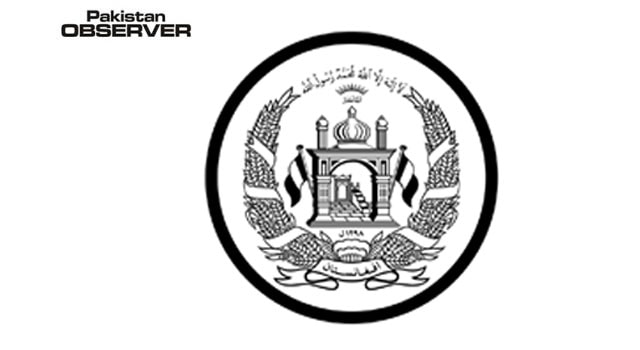The New Yorker Magazine in a lengthy report with newly available source material shed light on the Afghan peace process–from its start in 2010 to the foreign forces’ withdrawal in August of this year. Titled, “The Secret History of the US Diplomatic Failure in Afghanistan,” the report is the first of two parts and covers the failure of the peace process and the fall of Kabul, and is written by Steve Coll and Adam Entous.
According to the New Yorker report, the first attempts for making peace between the Taliban and Afghan government started in November 2010. However, the attempts did not materialize because the Taliban refused to work with the then-president Hamid Karzai government, seeing him as “an illegitimate puppet.”
On the other hand, Karzai also objected to the US conferring legitimacy to the Taliban. “You betrayed me!” Karzai shouted at Ryan Crocker, the US Ambassador to Afghanistan, during a meeting in late 2011.
According to the New Yorker, the peace talks did not bear fruits for many years because the Taliban objected to talking with the Afghan government, instead insisting for direct talks with the United States.
The peace talks got serious during Donald Trump’s administration because the US president was determined to pull out US soldiers from Afghanistan, the report says.
Throughout the negotiations between the Taliban and the Trump Administration, Ashraf Ghani and his government were sidelined.
To have leverage, Ghani maintained back channels to American politicians who were supportive of the war, the report says. Ghani, for instance, maintained ties with Republican Senator Lindsey Graham, who was advocating for the US’s presence in Afghanistan.
Many US officials believed that Ghani had no interest in peace talks. “He preferred the status quo,” Khalilzad said. “It kept him in power.” —AFP










